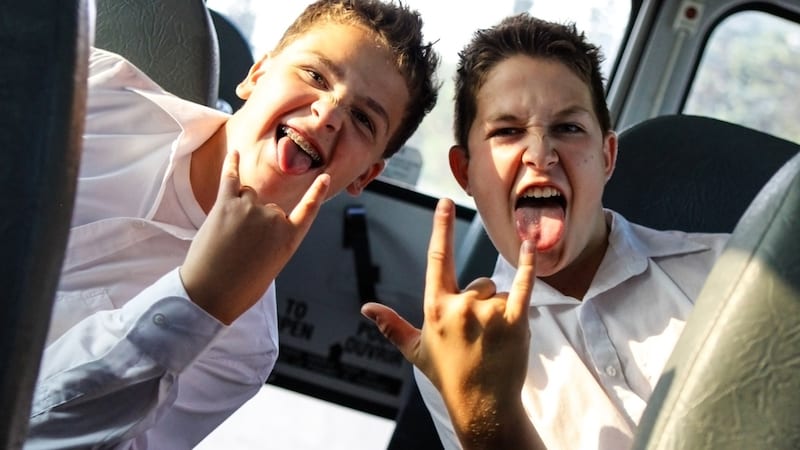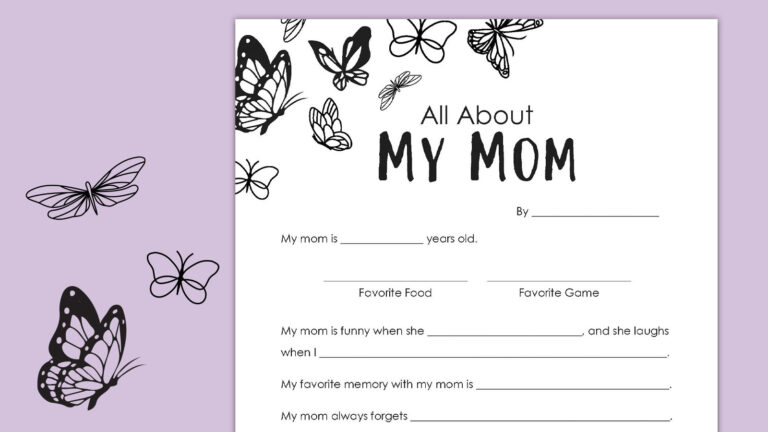Ever feel like dealing with bus problems is a full-time job? If so, you’re not alone. Principals across the country are growing increasingly frustrated with the time and effort they put into resolving behavior issues that occur on the way to and from school. They cite a laundry list of offenses, from foul language, bullying, and not following driver instructions to aggressive behavior, threats, fights, weapons—even drugs and alcohol.
In the hierarchy of public school priorities, safety is a nonnegotiable. School districts have jurisdiction over—and the responsibility of—creating a safe corridor for students. So, frustrating as it may be, it is definitely an issue that must be monitored and dealt with by school leaders. Here are a few suggestions culled from our Principal Life Facebook group to help you deal with bus problems.
Before conflict occurs:
Set your students up for success by laying out expectations and consequences before the yearlong journey even begins. Use positive reinforcement to encourage good behavior and let students know you have confidence they can handle the privilege of riding the bus.
Front-load expectations.
Hold school-wide bus assemblies at the beginning of the year or on PBS assembly days to remind all students of expectations while riding school buses. Even kids who don’t use the bus daily will more than likely be riders for field trips or special events. Teach them how to ride with respect. Emphasize safety, not control, as the driving force behind bus rules. After all, drivers can’t do their best job (keeping kids safe) when they’re distracted by rowdy kids.
Lay it out in a contract.
Make sure bus riders and their families are informed and get it in writing. Provide a bus-behavior code of conduct for students and their parents to read and sign at the beginning of each school year. This guide should include the consequences for inappropriate behavior.
Foster relationships.
Teachers invest so much energy into building their classroom community. Why not ask bus drivers to use the same strategy? Ask bus drivers to learn students’ names and spend time getting to know them. Kids are less likely to act up under the supervision of someone they feel connected to.
Use positive referrals and incentives.
Provide drivers or aides with positive bus behavior tickets to hand out to students who show exemplary bus behavior. Students can then bring tickets to the office in exchange for a small treat.
Busy passengers are happy passengers.
We all know that boredom breeds mischief. This special ed teacher has helped minimize bus discipline problems for elementary students by creating a culture of reading on the daily bus route. She supplies baskets of books for students to read along the way. Follow her lead and perhaps throw in a few magazines and drawing books as well.
Parent involvement is key.
Be sure to keep parents apprised of any issues. You’re most likely to get support if you approach parents about bus behavior problems in a way that says you care about their child’s experience being safe and pleasant. Whenever there is an incident, be sure to loop parents in from the get-go.
If/when things go awry:
Despite our best efforts to set up a peaceful journey for our students, conflicts will occasionally occur. Every principal has their own structure of discipline to address conflicts, whether they’re in the three-strikes-you’re-out club or employ a more gradual model of progressive discipline. Here are a few strategies to try before it comes to that.
Ride the route.
Many principals recommend getting personally involved. Some make it a priority to be highly visible during the dismissal process, stepping aboard any bus that isn’t ready to safely proceed to the road. Many others schedule ride-alongs, finding their presence alone goes a long way toward improving behavior. One principal suggested a random-buses-random-days approach to keep kids on their toes.
Send kids to “bus school.”
For kids who get off to a rough start or need to hit the reset button, set up a refresher course. Hold “bus school” over lunch and let students eat while you go over the rules once again. Use looks-like-sounds-like examples of good, safe bus riders. Show them one of a wide variety of bus safety videos available to drive your instruction home.
Pull out the old seating chart.
Alleviate potential problems by giving students assigned seats on the bus. Enlist bus drivers’, as well as teachers’, help to identify kids who are most likely to act up together and separate them. Give them the opportunity to earn back their seat or seat mate with improved behavior.
Ask for help.
If bus discipline problems persist, approach the district about providing bus aides. Having another set of eyes and ears (that don’t need to be focused on the road) helps greatly.
Go full on Big Brother.
Lobby your school district to install cameras in all school buses. Video documentation will help you avoid a he-said-she-said situation when problems occur. Once kids realize that their every move is under surveillance, they’ll (hopefully) think twice before acting up.
Dealing with bus problems is definitely one of the most challenging parts of a school leader’s job. How do you deal with the issue? Come share in our Principal Life Facebook group.

